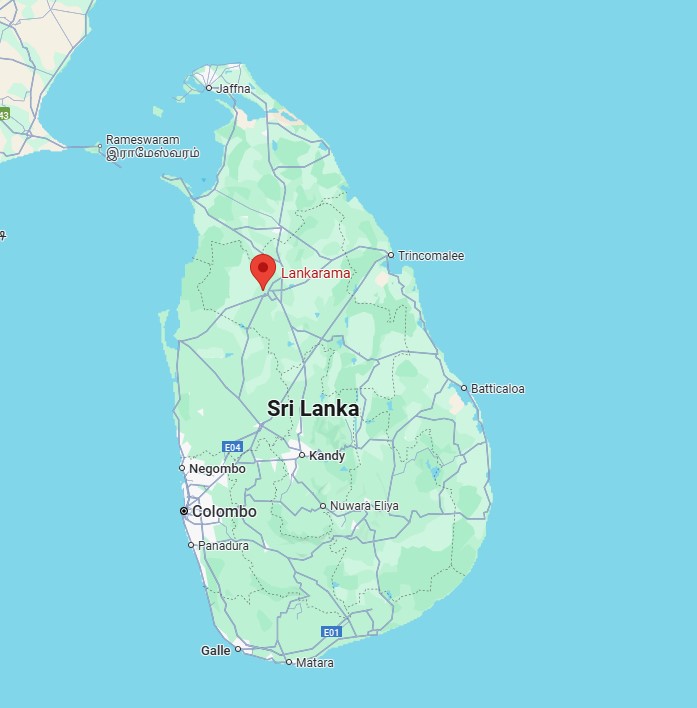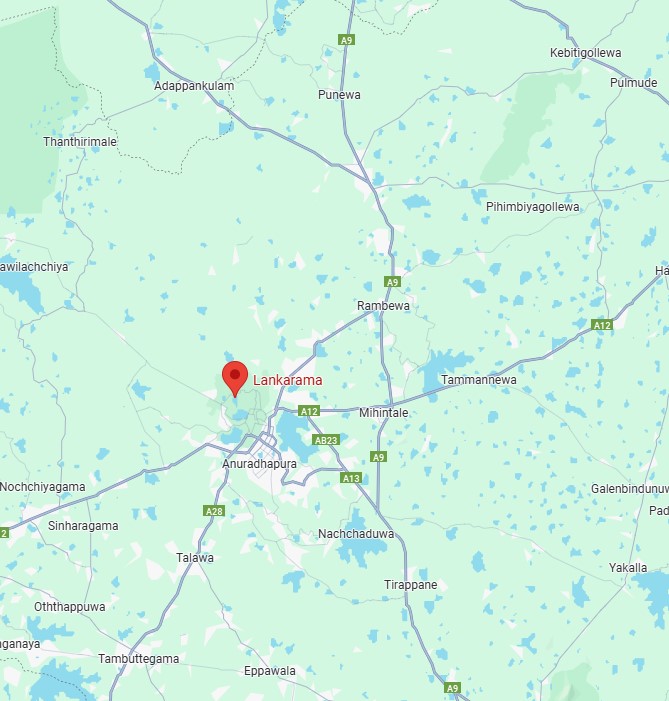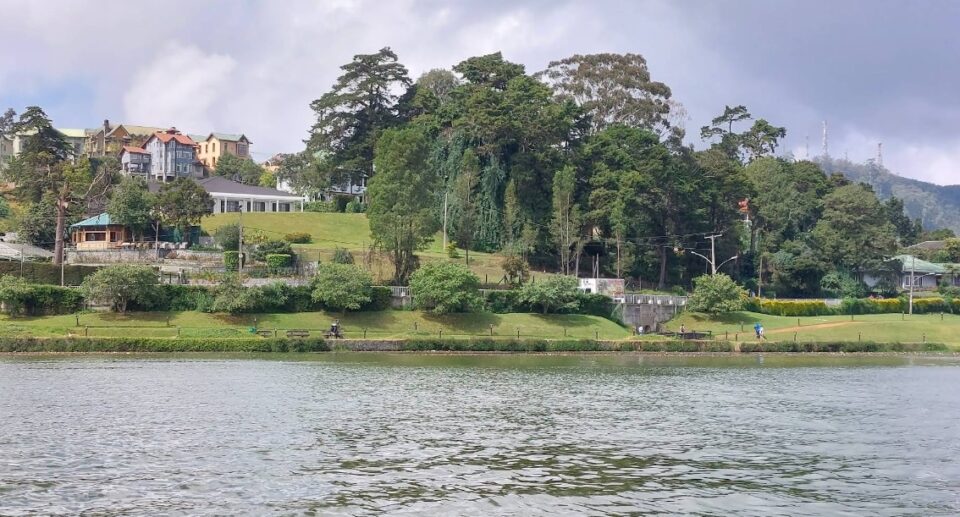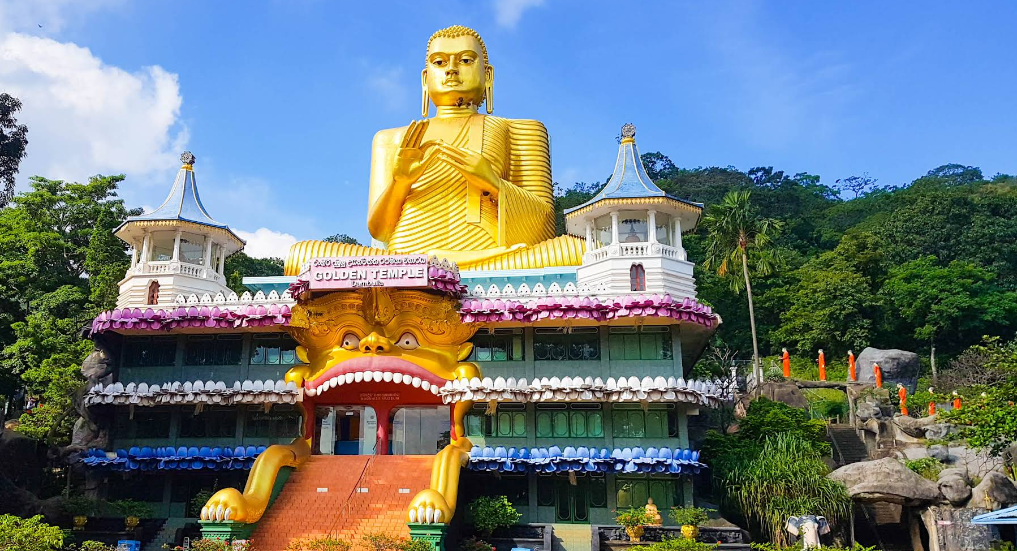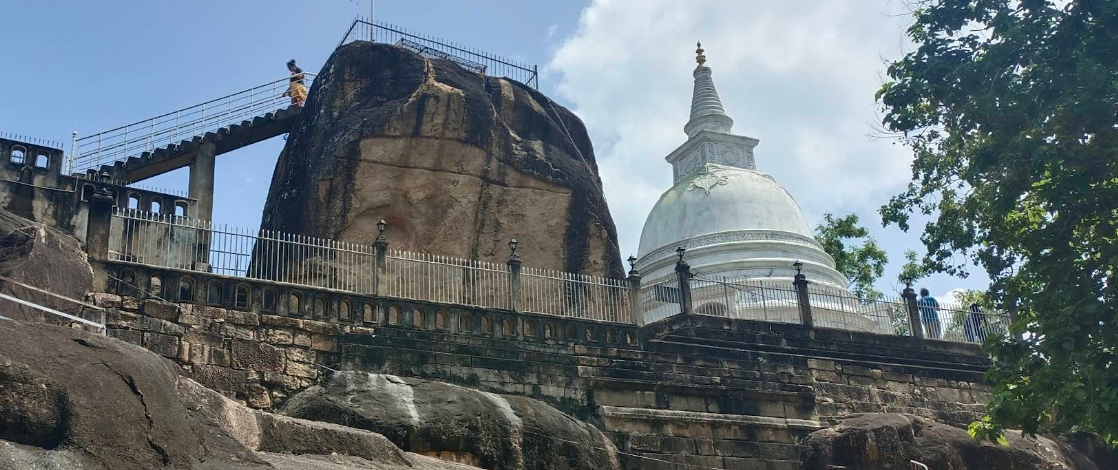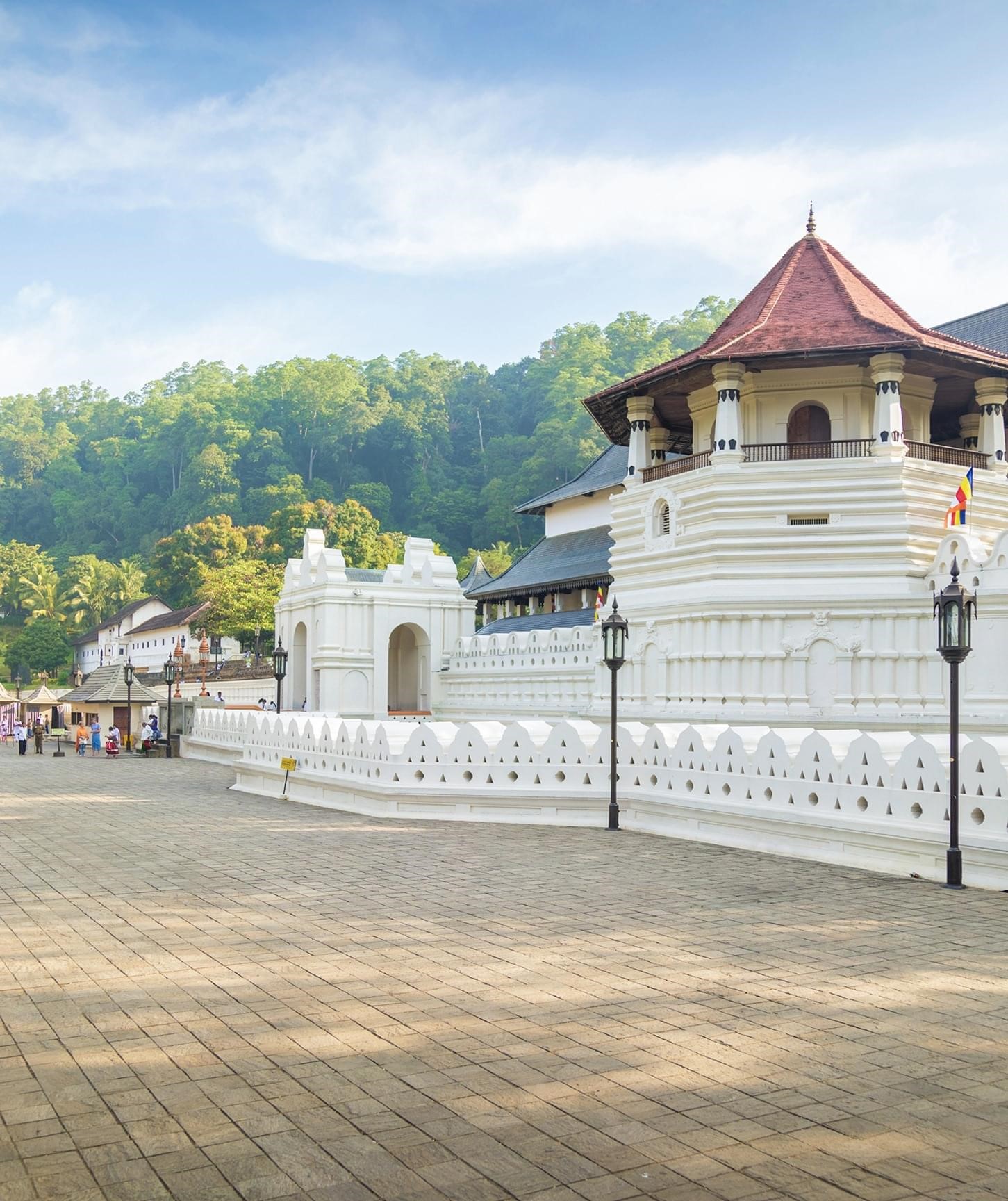Lankaramaya: A Testament to Sri Lanka’s Ancient Buddhist Heritage
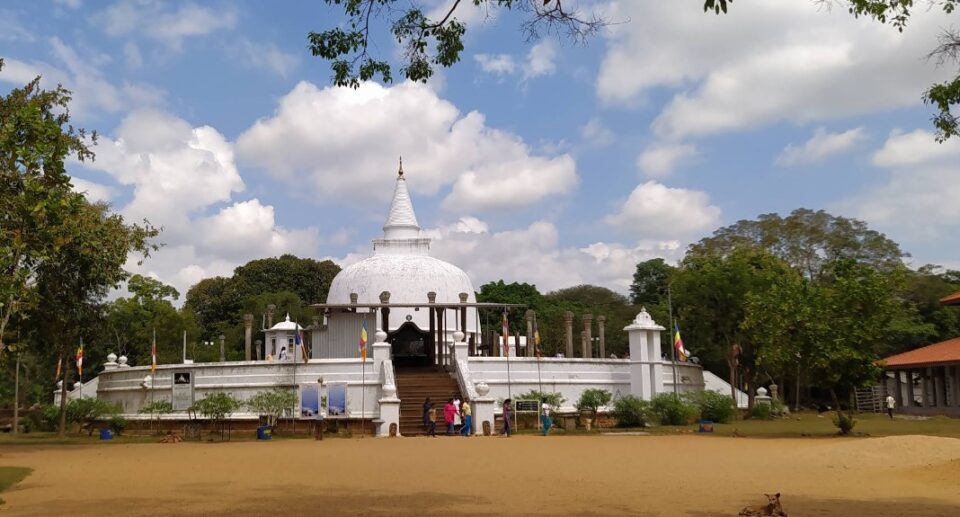
Lankaramaya is historically one of the most significant and architecturally one of the most magnificent Buddhist stupas in Anuradhapura, Sri Lanka. It holds a high place in the island’s religious past and is a symbol of faith, religious excellence, and architectural brilliance. Built over two millennia ago, Lankaramaya continues to be a topic of fascination for historians, archaeologists, and pilgrims alike.
Historical Background
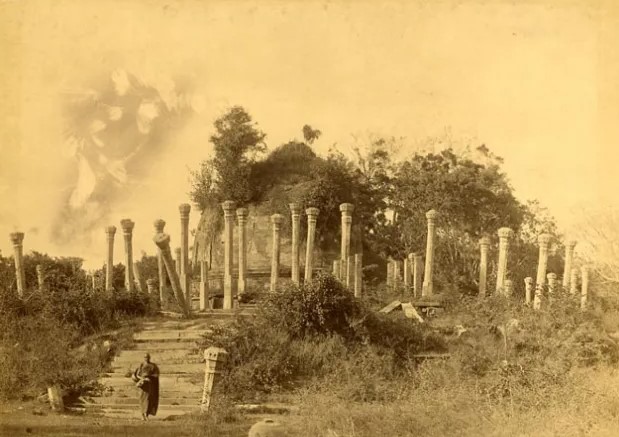
Lankaramaya was built during the reign of King Valagamba (also known as Vattagamani Abhaya), who ruled Sri Lanka during the 1st century BCE. His reign was marred by political instability, foreign invasions, and religious conversions. As per historical records like the Mahavamsa, King Valagamba escaped from Anuradhapura in the face of a South Indian invasion. When he regained his throne, he launched a series of religious and infrastructural projects to restore the Buddhist religion and cultural chastity of the country.
One such hall was the construction hall of Lankaramaya. The stupa itself could originally be called “Silasobbhakandaka” or “Silasobbhakandaka Vihara,” a name that it is said to have been given in honor of one of the king’s queens. The stupa later became known as Lankaramaya. The structure could, like many others in the ancient Anuradhapura city, be built to contain Buddha relics and serve as a religious shrine for monks and the laity.
Architectural Importance
Lankaramaya is an ideal example of ancient Sinhalese Buddhist architecture. The stupa itself is built in a bell-shaped design, a style that is most prevalent in the early Sri Lankan dagobas (stupas). This is an architectural style that symbolizes the Buddhist cosmology, representing the universe and the path to enlightenment.
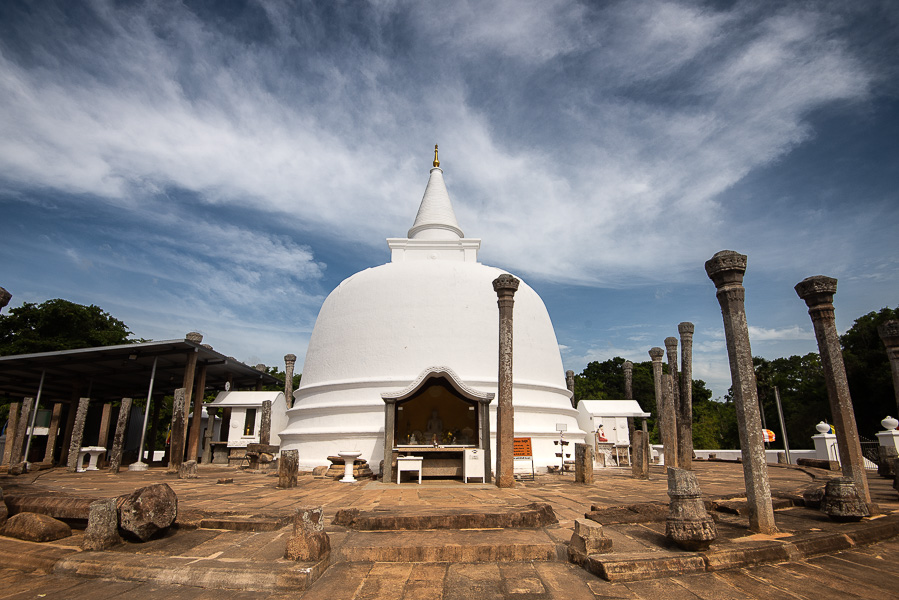
The stupa was originally surrounded by a circular courtyard and topped by an eccentric tower known as a vatadage a circular relic house or watchtower built to cover the stupa. Although the vatadage itself did not survive in its entirety, remnants of some columns of stone still ring the stupa, giving observers a glimpse of the original building’s former magnificence. The presence of the vatadage distinguishes Lankaramaya from the majority of other stupas in Sri Lanka, adding that added amount of historical and architectural importance.
The simple and unadorned ground level of the stupa is characteristic of the minimalist elegance reflected in the beginning art of Buddhism. But the proportional balance and accuracy of construction testify to the craftsmanship and engineering skill of early Sri Lankan architects.

Religious and Cultural Importance
Lankaramaya is not just an ancient relic but a highly respected place for Buddhists in Sri Lanka and worldwide. Similar to other stupas in the ancient city of Anuradhapura, Lankaramaya was meant to contain sacred relics and function as a site for Buddhist practice, meditation, and ritual.
The stupa represents the Buddha’s form and attainment of Nirvana. The pilgrims who visit Lankaramaya normally go through traditional rituals such as pradakshina (circumambulation), offering flowers, lighting lamps, and reciting gathas (verses). These are not only expressions of faith but also a way to relate to the Buddha’s religious tradition and those of the ancient kings who promoted the spread of Buddhism in Sri Lanka.

During major Buddhist celebrations like Vesak and Poson, Lankaramaya receives visits from thousands of pilgrims. The ancient site is transformed into a vibrant center of religious life during these celebrations, echoing the collective religious life that existed in the past during the Anuradhapura period.
Anuradhapura and the Sacred City
Lankaramaya is part of the larger Sacred City of Anuradhapura, which has been listed as a UNESCO World Heritage Site. Anuradhapura was the first capital of ancient Sri Lanka and was a political and religious center for over a thousand years. It has some of the most revered Buddhist monuments in the country, some of which are the Ruwanwelisaya, Jetavanaramaya, Thuparamaya, and the Sri Maha Bodhi tree—the world’s oldest historically verified tree.
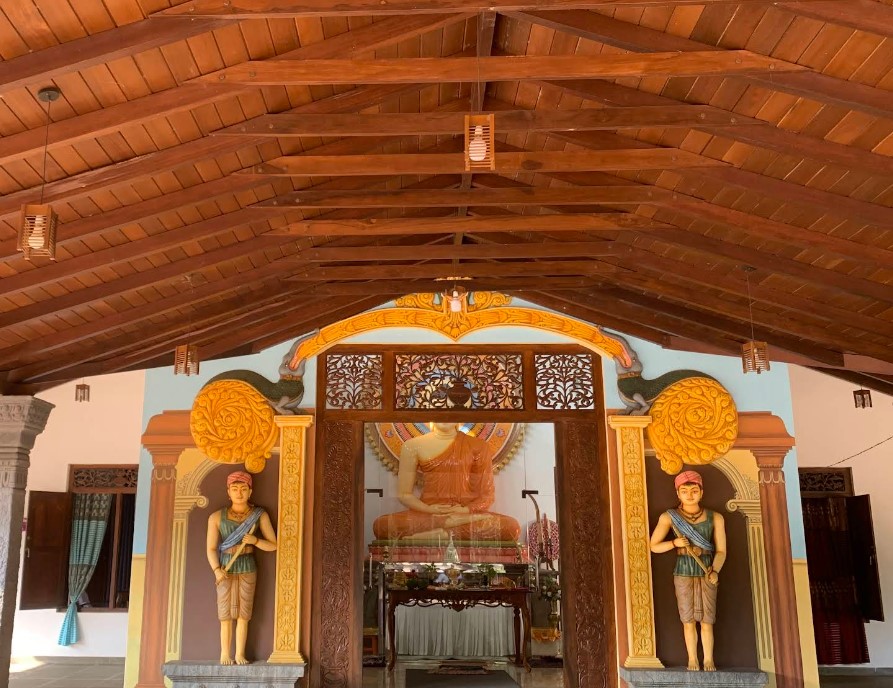
Collectively, the monuments create a spiritual and cultural topography that reflects the high degree of integration of religion, state, and society in ancient Sri Lanka. Lankaramaya adds to this combined heritage by symbolizing the long-standing patronage of Buddhism by the Sinhalese monarchy and the architectural excellence of its era.
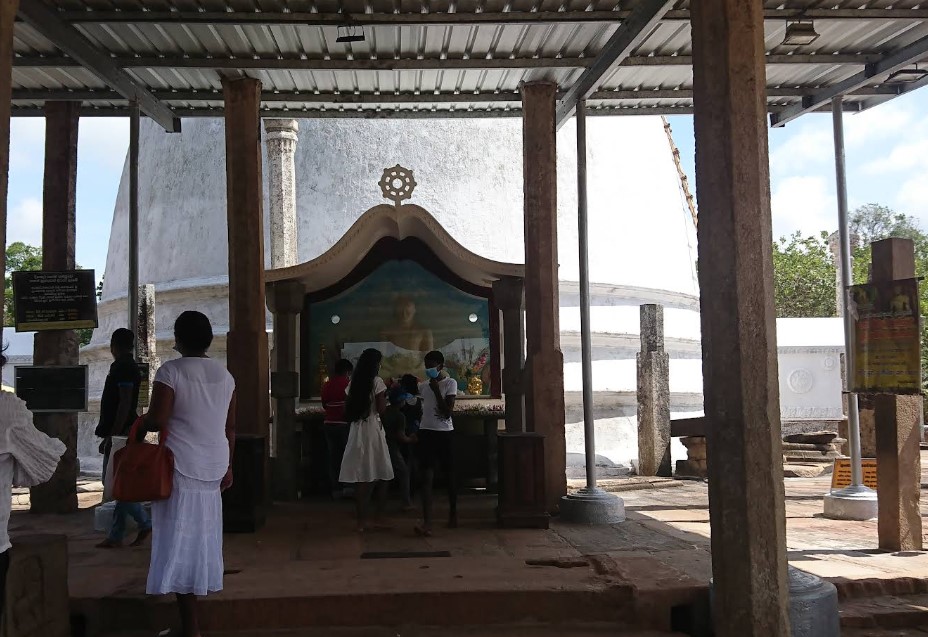
Preservation and Modern Relevance
In the modern world, preserving Lankaramaya and other ancient monuments in Anuradhapura is the most important thing to do. Such monuments do not only show the religious devotion of Sri Lankan people in the past but are also educational tools and national pride.
The Sri Lankan Department of Archaeology has tried to preserve and protect Lankaramaya. While much of the original building has weathered the years, conservation work tries to protect what has survived and provide for respectful public access.
Lankaramaya inspires both locals and foreigners today. Tourists marvel at its history, monks use its tranquil environment for meditation, and students are exposed to their cultural heritage in field trips and history class. At a time when the world is rapidly modernizing, these sites are a vital connection to the cultural and spiritual heritage.
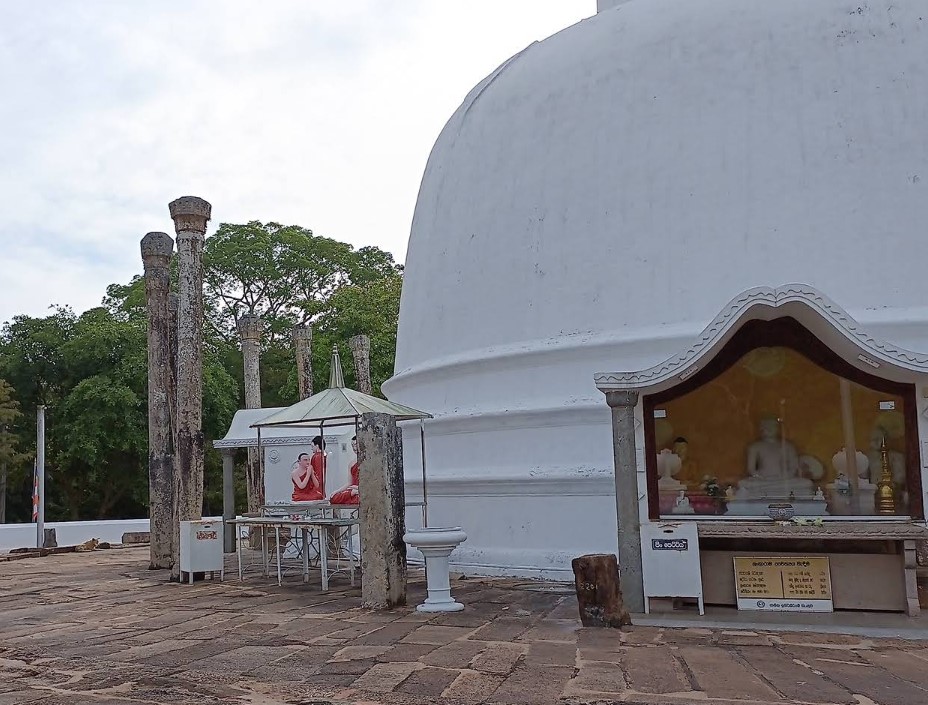
Symbolism and Legacy
Lankaramaya is a symbol of resilience not only of a monument that has survived centuries of change, but of a nation that has turned again and again to Buddhism as a steady presence in times of upheaval and rebirth. The story of King Valagamba’s banishment and triumphant return is an echo of the conflict of many nations that have suffered and emerged stronger through religion and cultural heritage.
Within the majestic narrative of Sri Lankan Buddhist civilization, Lankaramaya stands as an affirmation of the robustness of piety, the significance of tradition, and the timelessness of sacred architecture. Its tranquil existence within the ancient city of Anuradhapura still resonates with the Buddha’s teachings as well as the vision of the kings that worked to record them for the good of generations yet to appear.
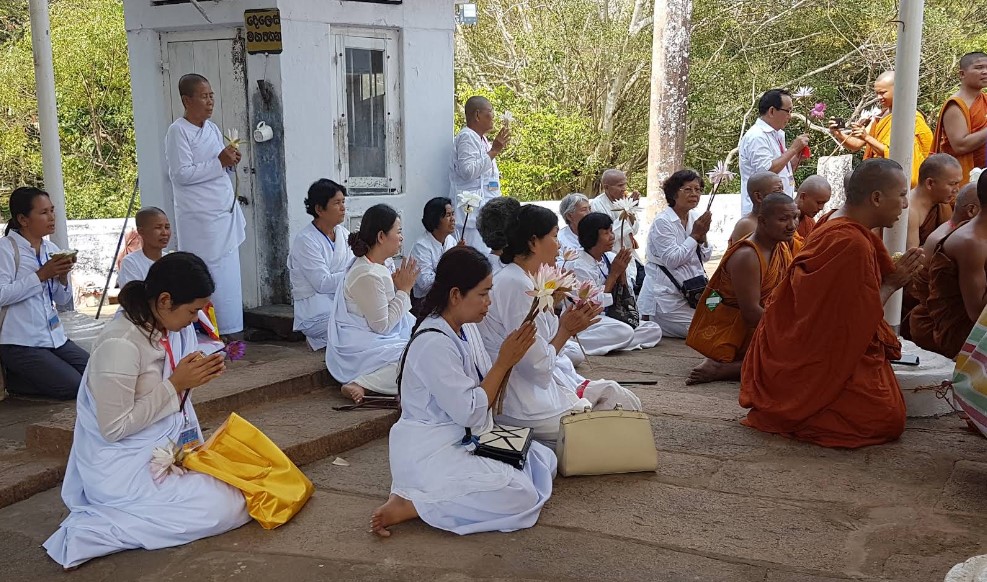
How to Go to Lankaramaya (Anuradhapura, Sri Lanka)
Lankaramaya is located in the Sacred City of Anuradhapura, a UNESCO World Heritage Site in the North Central Province of Sri Lanka. Here’s how you can reach it:
1. From Colombo to Anuradhapura
By Car or Taxi:
- Distance: ~205 km
- Travel Time: 4.5 to 5.5 hours
- Route: Take the A9 highway (Colombo → Kurunegala → Anuradhapura)
- Best for comfort and flexible stops
By Bus:
- Type: Intercity or CTB (Sri Lanka Transport Board) buses
- Departure: Bastian Mawatha Bus Terminal, Colombo
- Travel Time: 5 to 6 hours
- Cost: Budget-friendly
- Tip: Opt for an AC express bus for a more comfortable ride
By Train:
- Train Line: Northern Line (Colombo Fort to Anuradhapura)
- Duration: 4 to 6 hours depending on the train
- Class Options: 1st, 2nd, and 3rd class (1st class includes reserved and AC seating)
- Scenic Route: A good option if you enjoy relaxed travel
2. Getting to Lankaramaya Within Anuradhapura
Once you’re in Anuradhapura town:
By Bicycle:
- A popular and eco-friendly way to explore the Sacred City
- Rentals available near the town center or hotel areas
By Tuk-Tuk (Three-Wheeler):
- Widely available and inexpensive
- You can hire a tuk-tuk for the full Sacred City tour (~LKR 2000–3000)
- Lankaramaya is near other major sites like Thuparamaya and Abhayagiri Monastery
By Private Vehicle or Tour Guide:
- Ideal if you’re on a guided heritage tour or traveling with a group
Best Time to Visit
- Morning or late afternoon to avoid the heat
- Dry season (May to September) is ideal for outdoor exploration
